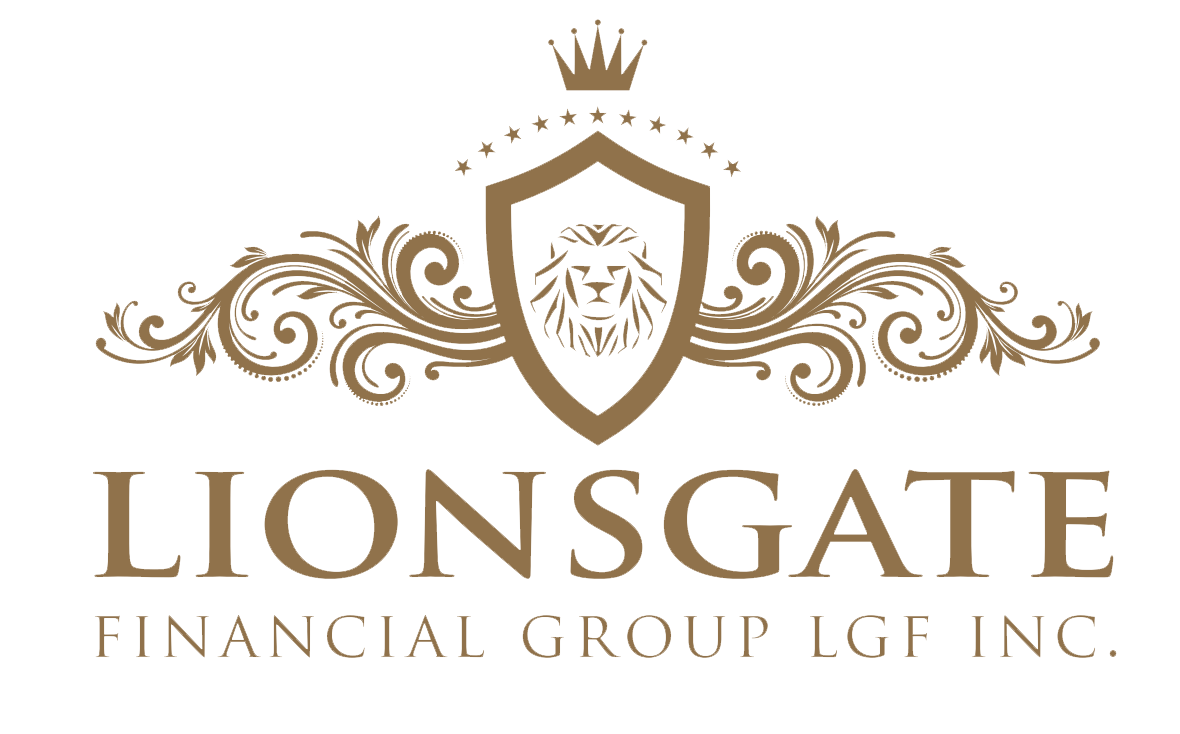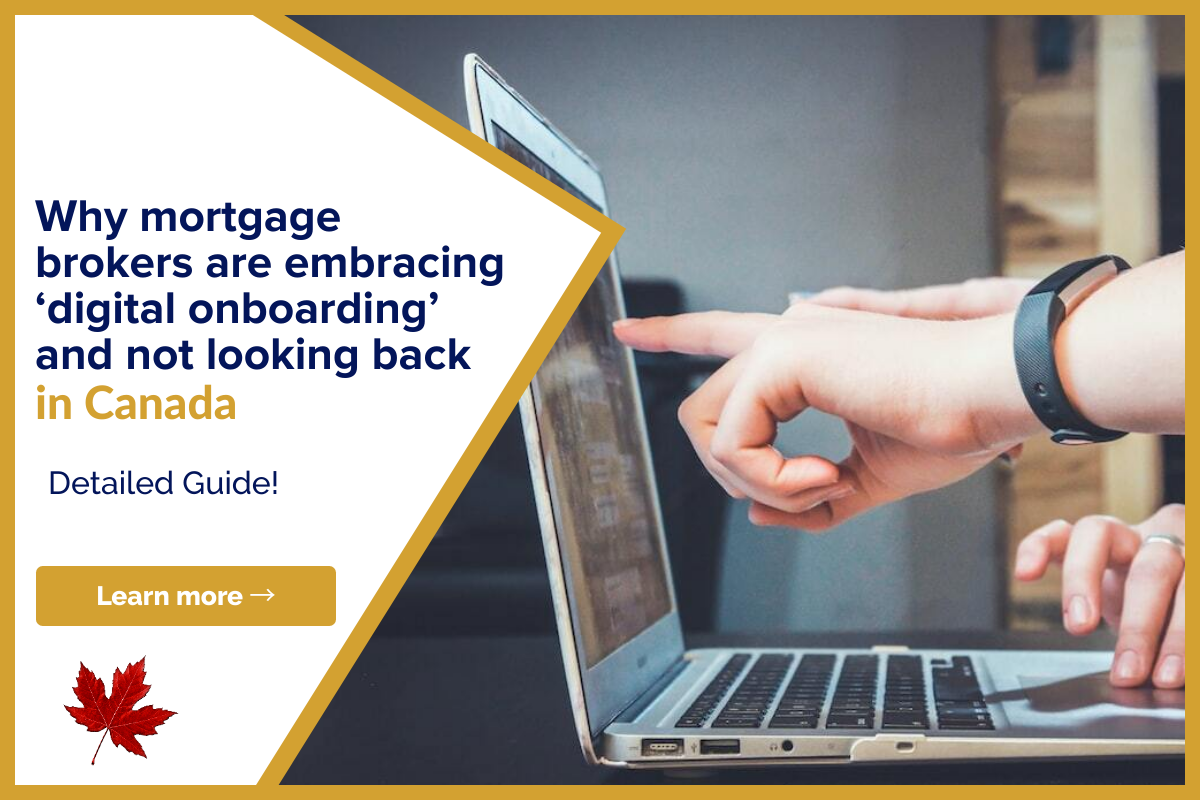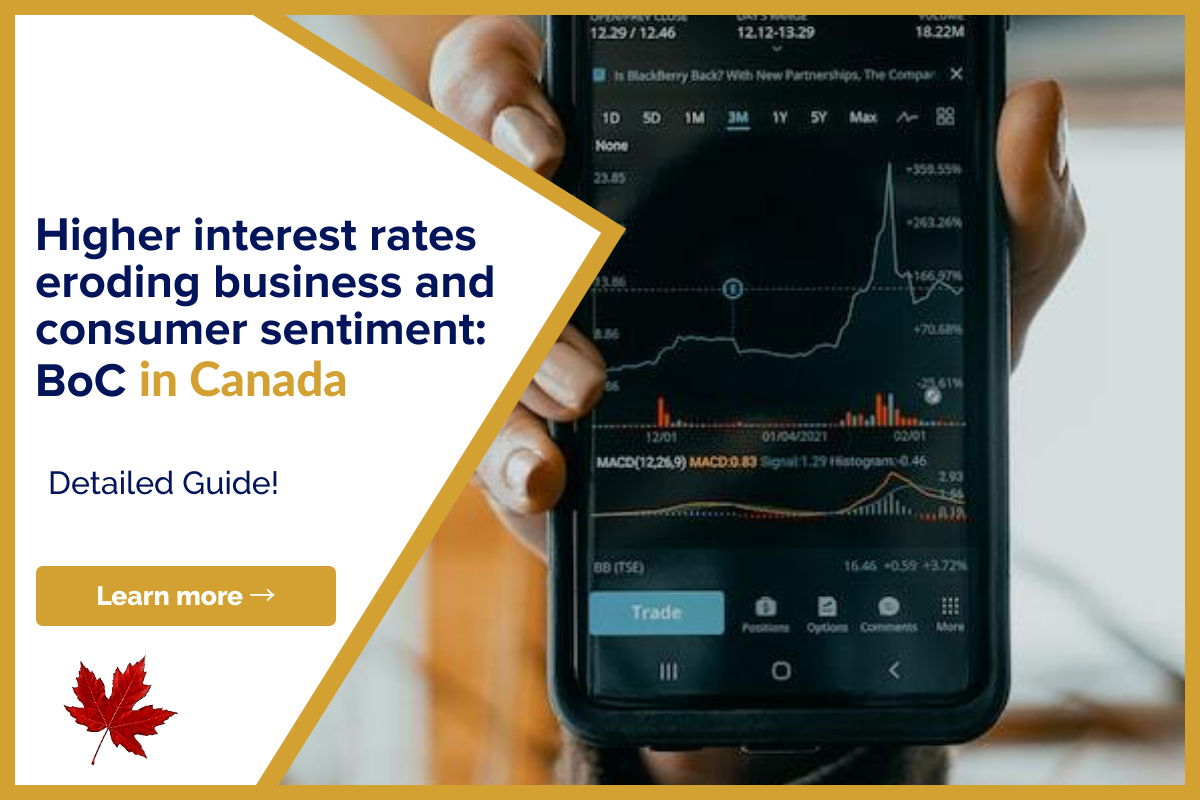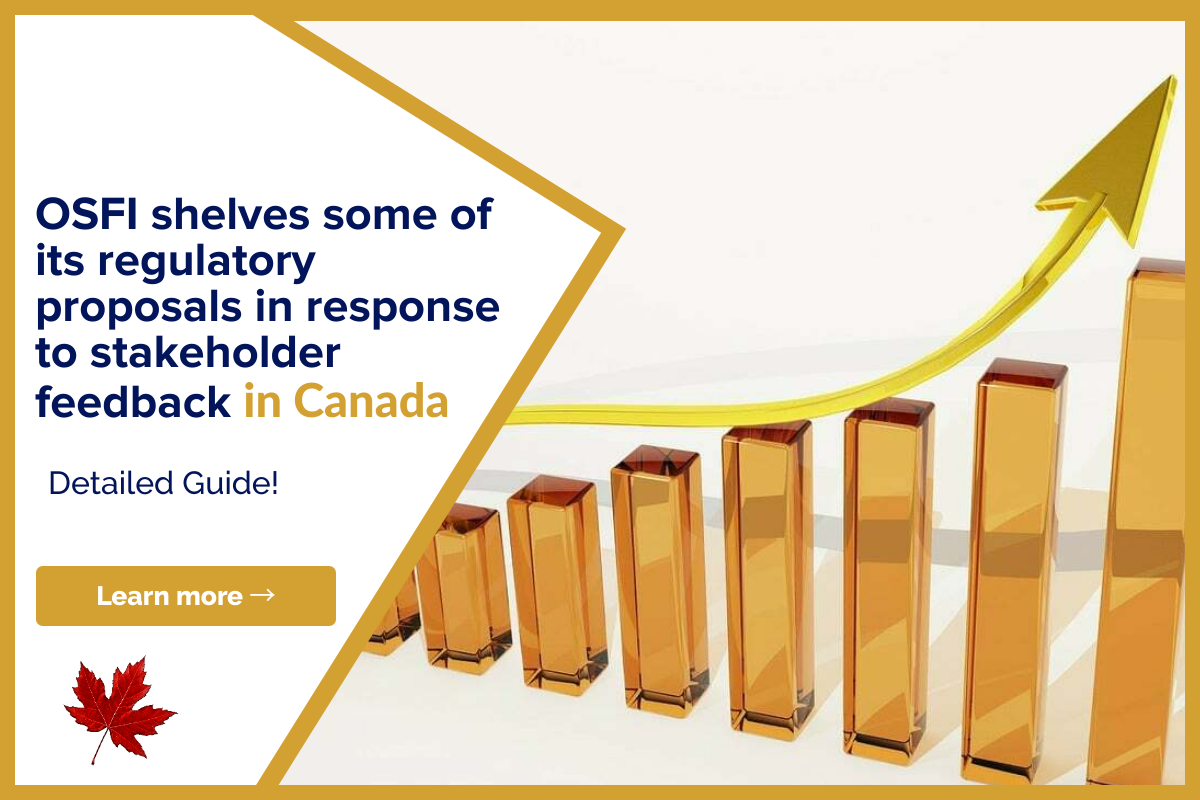During the early days of the mortgage business, brokers would require a lot of paperwork…

Best Peer-to-peer lenders in Canada
Now you can listen to our blog, “Best Peer-to-peer lenders in Canada – P2P Lenders” while on the go.
For Canadian investors seeking greater returns on a fixed income, peer-to-peer lending offers a unique niche. This is your chance to act as a bank (rather than simply investing in them).
What is peer-to-peer lending, exactly?
What is the mechanism behind it?
Is peer-to-peer lending a safe investment for Canadians?
& what are the best P2P lenders in Canada?
 What is peer-to-peer lending, and how does it work?
What is peer-to-peer lending, and how does it work?
Peer-to-peer lending (also known as P2P), crowd-lending, or social lending allows individuals to borrow money from one another rather than from a bank or financial institution. Peer-to-peer lending eliminates the need for an intermediary.
Because you are effectively bypassing the bank, lenders can get a higher return on their cash deposits, while borrowers can benefit from reduced lending rates. Peer-to-peer lending has only been around since 2005, but it has begun to gain traction in Canada, and there are already a few peer-to-peer lending online platforms available for Canadians to use.
Types of Peer-to-Peer Loans
So, what types of loans are available through peer-to-peer lending?
The loan in P2P include:
- Personal loans
- Loans for small businesses
- Loans for automobiles
- Debt consolidation loans
Because peer-to-peer lending is still relatively new in Canada, there are fewer platform options accessible to Canadians at the moment, though this will undoubtedly change in the future. Canada currently has two major peer-to-peer marketplaces. There are two types of loans: company loans and personal loans.
The Benefits and Drawbacks of Peer-to-Peer Lending in Canada
P2P loans, like anything else, have advantages and disadvantages. Here are the advantages and disadvantages of peer-to-peer lending.
Pros
- Applying online is quick and simple.
- Traditional banks and credit unions make it more difficult to qualify for a loan.
- Borrowers will benefit from lower rates.
- Lenders face higher interest rates.
- Borrowers must go through a rigorous verification process.
Cons
When compared to other financial organizations, there are fewer rules.
- High fees
- Low loan amounts (personal loans are limited to $25,000).
- If you have bad credit, you may not be able to qualify.
What Is Peer-to-Peer Lending and How Does It Work?
You might be wondering how it is possible for lenders to earn higher returns while borrowers pay lower rates.
Both assertions are possible due to the fact that Canadian banks employ fairly substantial margins when lending money. It’s conceivable for both borrowers and lenders to profit if they split this healthy margin.
This is where online peer-to-peer lending comes into play. Borrowers can acquire loans using these peer-to-peer networks, which make the transaction simple and uncomplicated.
1) Select an online platform for peer-to-peer lending and complete the exam as prompted.
2) The platform will evaluate your risk and assign an interest rate to you.
3) After you’ve been approved, you’ll have access to the platform’s lenders. Look over the options and pick the one that best suits your needs.
4) Pick the loan that best fits your needs and get the money (it might be all or part of the total loan amount). You have the option of having many lenders.)
5) Follow the instructions for making payments and repaying the loan in full within the agreed-upon time frame.
Your interest rate will be determined by your credit score and history, but because you’ve bypassed the bank or financial institution, the rates given via peer-to-peer platforms are typically lower than those offered by a bank or credit union.
Keep in mind that those who want to borrow on peer-to-peer networks must meet a few criteria. These are some of them:
- Being of voting age in your home province or territory
- Being a citizen or permanent resident of Canada
- A legal address in Canada
- 2 pieces of valid identification
- Proof of your ability to repay your debt (bank statements, pay stubs, etc.)
- A credit score of 600 or above is required.
- You must be willing to have your credit history checked.
Best Lenders for Peer-to-Peer Investing
Are you interested in giving peer-to-peer lending a try but don’t know where to start? Although Canadians do not have as many online P2P platform options as Americans, we do have a few options. The finest peer-to-peer lending platforms for investors in 2021 are listed below.
1. goPeer
goPeer is a Toronto-based peer-to-peer lending platform for people seeking personal loans. They have a strict application process and will only accept borrowers with a credit score of 600 or higher, so it may not be the best option for borrowers with bad credit. However, from the standpoint of a lender, this makes it a more appealing gamble.
The loans range in size from $1,000 to $25,000, with interest rates ranging from 7.5 percent to 31.5 percent and periods of 36 or 60 months. On the unpaid principal balance of outstanding loans, goPeer charges a 1.5 percent yearly service fee (0.125 percent monthly). They also charge late loans a collection fee of up to 35%.
2. Lending Loop
Lending Loop, situated in Toronto, is another well-known Canadian P2P platform. It is designed exclusively for business loans. Interest rates range from 4.96 percent to 24.93 percent on loans ranging from $1,000 to $500,000.
Businesses must produce $100,000 in annual revenue and have a credit score of 600 or higher to qualify. A 1.5 percent lender serving fee is charged to lenders and is collected when payments are received.
What to Look for When Choosing a Peer-to-Peer Network
Fees for Peer Lenders – If you’re worried about fees, make sure you know what you’ll have to pay before you apply. Set-up fees, administrative fees, and origination costs are the most frequent fees levied by P2P systems.
Interest rate – find out what interest rate you’ll most likely be given. Each platform has its own set of criteria for determining the risk category and credit score of borrowers.
Check the minimum eligibility requirements before beginning your application to be sure you meet them. The requirements will vary for each platform, so be sure the one you choose is compatible with your credit profile and can supply you with the loan you need.
Check out what lenders looking for in a negative credit candidate.
Are You a Good Candidate for Peer-to-Peer Lending?
If you need a loan, peer-to-peer networks offer a viable option to banks and other traditional lenders. They have low-interest rates, fewer costs overall, and no prepayment penalties. When you don’t have any other options, they can be a good place to start.
Though they are not as tightly regulated as banks and can charge you a high rate if your credit score is poor, if you discover one that works for you, it may become your new preferred method of borrowing.
If I have bad credit, can I get a loan through peer-to-peer lending?
Yes, even if you have bad credit, you can get a loan because P2P platforms cater to a larger range of customers than traditional lenders like banks. The worse your credit score, though, the higher your interest rate will be.
The Bottom Line
At Lionsgate, we specialize in helping people get the extra cash they need, obtain funding for private mortgages, as well as for other real estate transactions. If you are looking to buy land in Canada, get a mortgage or apply for a loan, fill the form below. Or, You can leave us a message and we will try to connect you with local lenders and sources that best meet your needs.
If you found this article helpful, please share it on your timeline and with someone you care about. Also, visit our blog to read similar helpful articles on finance, real estate, and getting mortgages.





